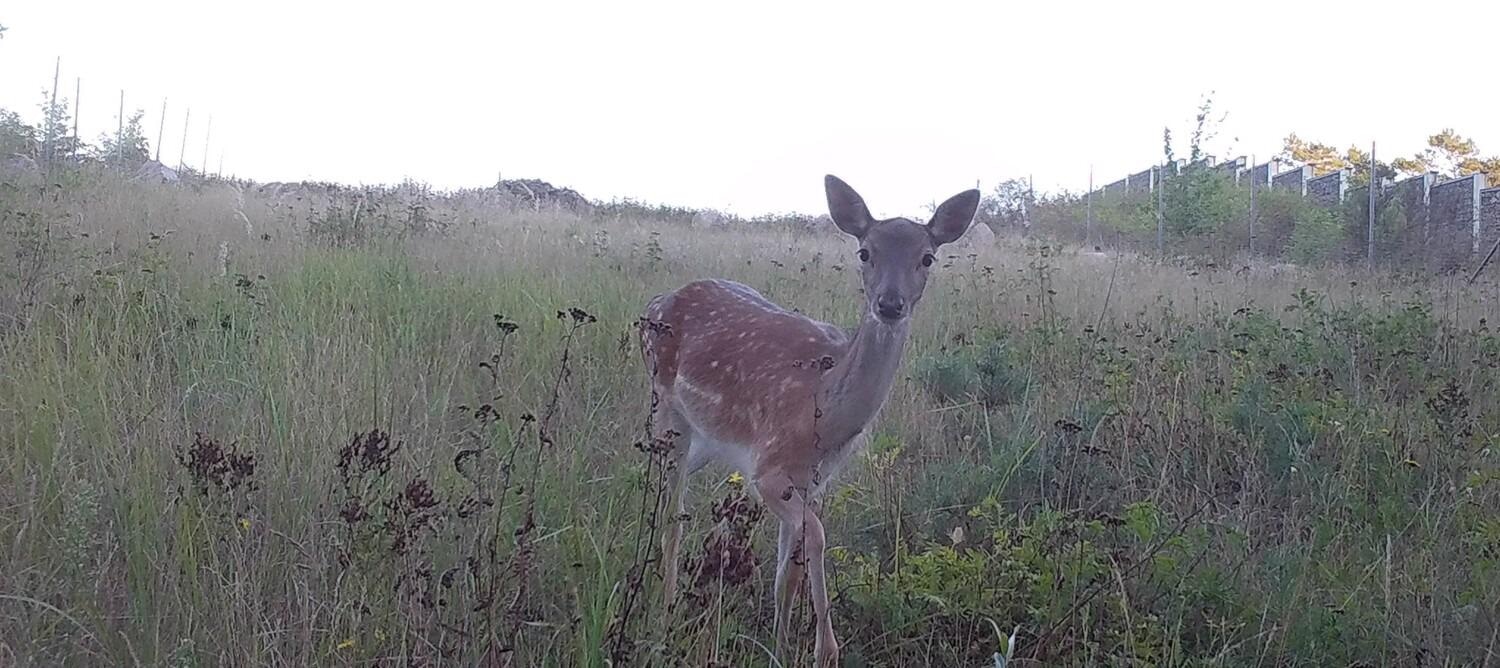Feb 1 2021
Connectivity between populations plays a crucial role in the survival of species in the wild. In the absence of 'wildlife corridors,' animal groups get separated, become incapable of breeding and may go extinct.
 Human behaviors highly determine where wildlife may move and persist in a landscape, hence showing the importance of 'Anthropogenic Resistance' in conservation planning. Image Credit: Conservation Biogeography, Humboldt-University Berlin.
Human behaviors highly determine where wildlife may move and persist in a landscape, hence showing the importance of 'Anthropogenic Resistance' in conservation planning. Image Credit: Conservation Biogeography, Humboldt-University Berlin.
While several aspects of the landscape are quantified when wildlife connectivity is evaluated, the effect of human behavior has mostly been ignored. An international research team under the guidance of the University of Göttingen and Humboldt University, Berlin, has now proposed the idea of 'anthropogenic resistance,' which must be studied to guarantee lasting landscapes for wildlife and people in the future.
Their article was published in the One Earth journal.
Globally, landscapes are highly impacted by deforestation, quick urbanization and similar developments induced by the activity of humans. Until now, the collection of data has concentrated on quantifying properties of the land—like agriculture, forestland, crops, elevation, or urbanization.
Generally, other effects from people are combined together in categories like population density, or distance from roads or settlements.
The team suggests that it is not just a matter of the presence, absence, or number of people, but it is the behavior of people that impacts the movement of wildlife. A range of socioeconomic and psychological factors can play a role in 'anthropogenic resistance.' Few such instances of these factors are poaching, hunting, or supplementary feeding.
For their research, the team analyzed three case studies elaborately: large carnivores in central India, leopards in Iran and wolves in Washington State. The same idea can be employed for other species as well: for instance, the Eurasian lynx, which are now returning to their historical ranges, or roe deer that make use of croplands for both food and shelter but reduce their presence during the hunting season.
In certain regions of the world, religious and cultural beliefs can lead to the tolerance of huge carnivores, like lions and tigers, in spite of significant livestock losses and danger to human life. The team examined impacts from traditions, values and beliefs on wildlife in various regions. The researchers contend that these nuanced differences in human behavior explicitly govern where wildlife might move and thrive in a landscape.
Anthropogenic resistance is also relevant to the BearConnect project, which aims to understand the factors that determine connectivity in European populations of the brown bear. Bears are capable of moving across huge distances, as shown by bear JJ1, better known as ‘Bruno’, who travelled from the Italian Trento region all the way to Bavaria, where he was shot.
Niko Balkenhol, Professor, Wildlife Sciences, University of Göttingen
“It is important to note that, although Bruno was able to cross the physical landscape, he was stopped by the severe ‘anthropogenic resistance’ provided by humans who could not tolerate his behaviour,” added Balkenhol.
Our paper shows that ‘anthropogenic resistance’ is an important piece of the puzzle for connectivity-planning to ensure the functionality of corridors for wildlife and people. It reveals that there are advantages for social and natural scientists to collaborate in understanding the effects of ‘anthropogenic resistance’ in future studies.
Dr Trishna Dutta, Study Senior Author, Wildlife Sciences, University of Göttingen
Journal Reference:
Ghoddousi, A., et al. (2020) Anthropogenic resistance: accounting for human behavior in wildlife connectivity planning. One Earth. doi.org/10.1016/j.oneear.2020.12.003.